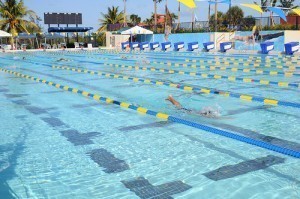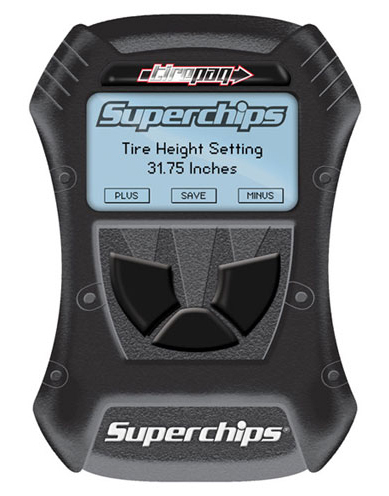Swimming Pool Lap Length
A swimming pool is a body of water, which is enclosed  artificially to serve as water-based recreation. It comes in various shapes and sizes depending on the type of pool, the most common of which are infinity pools, exercise pools as well as competition pools. For a better understanding of what this swimming facility is all about, it is good to look at the swimming pool lap length.
artificially to serve as water-based recreation. It comes in various shapes and sizes depending on the type of pool, the most common of which are infinity pools, exercise pools as well as competition pools. For a better understanding of what this swimming facility is all about, it is good to look at the swimming pool lap length.
The Length of a Full Swimming Pool Lap
In the U.S., people measure pools using yards and feet. For short course yard pools, a lap is usually 25 yards, the equivalent of which is 22.86 meters. On the other hand, there are also short course meter pools, wherein each lap is equivalent to 25 meters or 27.34 yards. For long course pools, every lap is measured at 50 meters or 54.68 yards. Furthermore, some pools are designed to have a lap that is 33.33 meters or 36.45 yards. In many public pools, which are mostly rectangular, there are two usual lap lengths. In the first one, each lap measures 25 meters or 27.34 yards, while second one has a lap that measures 100 meters or 109.36 yards.
Additional Facts and Other Interesting Details
Based on the standards set by the Federation Internationale de la Natation or FINA, competition pools usually come in two different sizes. The first one is 25 meters or 27.34 yards, while the second one is 50 meters or 54.68 yards. Each of these pools must be no less than 1.35 meters or 1.48 yards deep. There are different types of pools including spa pools, hot tubs and exercise pools. Likewise, you can also find ocean pools, infinity pools and zero-entry swimming pools.
Different kinds of sports are also played in swimming pools. These include exciting games like water polo, synchronized swimming as well as underwater hockey. Furthermore, pools are also used to teach lifesaving and diving techniques. They are also used to instruct submarine and aircraft crews about water ditching techniques of survival. For vertical skateboarding, players compete in pools that are irregular and round-cornered.
People must abide by a certain dress code if they want to use public swimming pools. Women usually wear swimsuits while men wear trunks before they go swimming. It is also important for pools to have low levels of viruses and bacteria, especially for preventing the spread of pathogens and diseases. To make this possible, it is important to use different kinds of chemical disinfectants including mineral sanitizers, sodium hypochlorite and hypochlorous acid.





